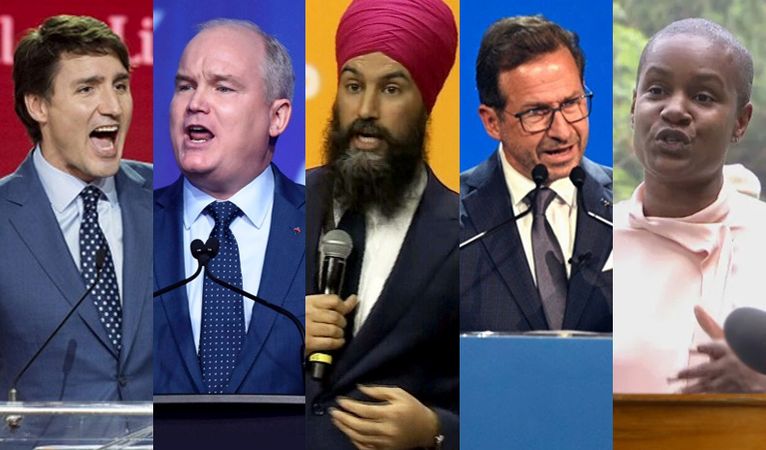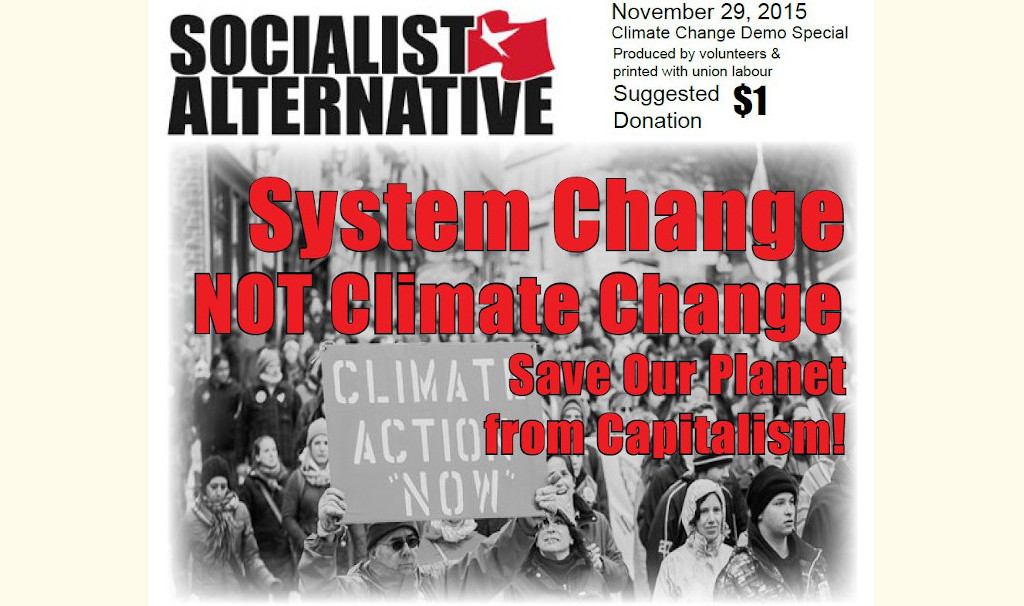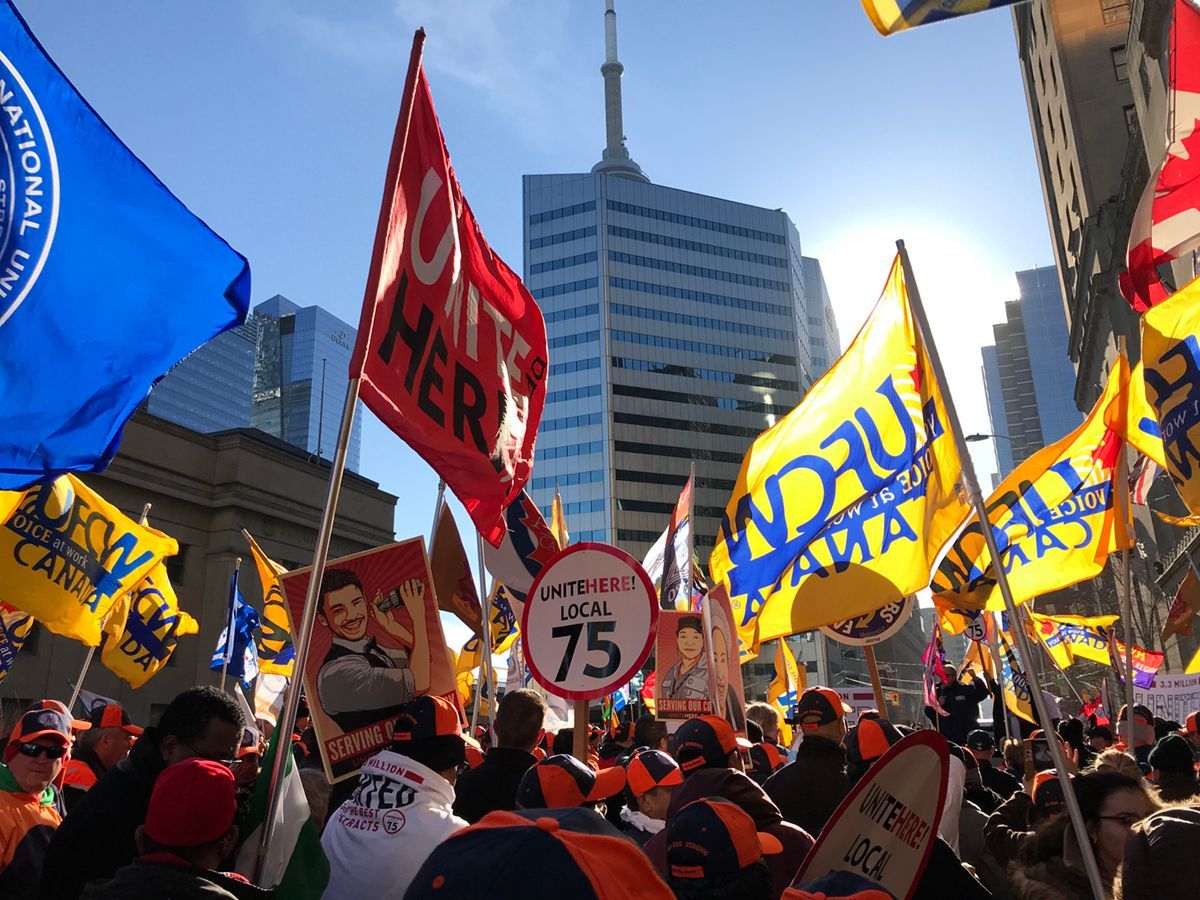After months, the worst-kept secret in Canadian politics can at last officially reveal itself: it’s federal election time.
Prime Minister Justin Trudeau’s Liberals have determined that their best shot at regaining a majority government is right now, with a five-week campaign leading to election day on September 20. The Liberals only have to net 15 additional seats for that majority, and with the Conservatives near the floor of their support, the New Democrats only slowly creeping upward from their doldrums of recent years, the Bloc Québécois holding steady at below their historically average polling levels, and the Greens in a tailspin, Canada’s self-styled “natural governing party” may well gain them. This is despite the fact that most Canadians do not see a need for an election during a fourth wave of the COVID-19 pandemic and less than two years after the Liberals won 155 out of 338 seats in November 2019, achieving the most members of parliament of any single party in spite of receiving 220,499 fewer total votes than the Conservatives.
Trudeau made the announcement on Sunday morning, just as two international stories hit the top of the news: the nearly completed recapturing of Afghanistan by the Taliban, and Haiti’s second massive earthquake in barely a decade. These are two countries that Canadian corporations, and Canadian governments led by both Liberals and Conservatives, have had particular imperial interest in, from sinking gold and copper mines in the former to helping to plan the 2004 coup d’état in Haiti.
How different are these Liberals, really?
What will this election be about? The Liberals are set to run on the conceit that they need a new mandate for future post-pandemic plans. This is in spite of the relatively easy ride they had in passing the Canada Economic Recovery Benefit (CERB), the Canada Emergency Wage Subsidy (CEWS), and other COVID-19 pandemic measures, many of which (particularly CEWS) were huge handouts to big business. They will also lean heavily on Canada’s status as “the world’s most vaccinated country” (actually, as of August 15, eighth most). However, they will avoid any mention of the “too little, too late” response to COVID in the first months, the initial slow vaccine rollout or any suggestion that the current fourth wave was preventable.
In his election-launching speech, Trudeau took a counterintuitive stand on his alleged reason for calling an election that everyone knows is taking place for the sole purpose of regaining a majority government. He said that “Canadians deserve their say, and that’s exactly what we are going to give them.” A moment later, he even accused his opponents of being the ones who are the true cynics: “So to the other parties, please explain why you don’t think Canadians should have the choice, why you don’t think that this is a pivotal moment.”
The Liberals will hope that the pandemic will obscure the fact that their tenure in government has been marked not just by more than its share of everyday scandals (SNC-Lavalin, jet-setting with the Aga Khan, WE Charity, etc.), but also broken promises on larger and more systemic issues like failure to deliver on environmental protection, Indigenous rights, pharmacare, and electoral reform.
The first two of those issues have particular resonance with the most actively radicalizing layers of people, especially young ones. In the final weeks of a summer of deadly heatwaves and wildfires, Trudeau said, “to students, raising your voices on the climate crisis: yes, I’m right there with you, this is a crisis.” The hypocrisy is amazing as his government purchased and is determined to complete the Trans Mountain pipeline expansion project in Alberta and British Columbia. This will add to the climate disaster, will cost at least $16 billion, provide less than 100 permanent jobs and will probably operate at a net loss. At the same time the government has expanded fossil fuel subsidies and is not reducing CO2 emissions.
The discoveries of 215 unmarked graves at the former Kamloops Indian Residential School in May triggered grief and outrage amongst Indigenous people, furthered by the subsequent discoveries of 1,100 graves at other residential school sites across the country. There were also large outpourings of anger amongst non-Indigenous Canadians, though that has unfortunately ebbed for the moment. Trudeau has fallen short of his promise to end all unsafe-water advisories on reserves, has disregarded Indigenous land rights for industrial projects, battled against Indigenous children in court, and has failed to fully implement the vast majority of the 76 of 94 Calls to Action of the 2015 Truth and Reconciliation Commission that require action by Ottawa.
Regardless, the Liberals have already begun making new promises in their extensive pre-election campaigning, including on mass transit, technology, energy, and housing. The final shake-out of the election – not to mention popular struggles for these in the coming months and years – will go some way to determining which of these are fulfilled and which are quietly binned.
One very important (and decades-old) Liberal promise that does appear to be actively on its way to fulfillment is a national childcare program. This is an important victory, especially for women workers, who are particularly financially hit by exorbitant childcare costs which can run into thousands of dollars per month. This reform has been necessary since at least the 1970 Royal Commission on the Status of Women recommended it to the government of the current prime minister’s father. (With Liberal and Conservative governments having done next to nothing on that front for decades, a cynical 2006 effort by the Paul Martin government was wrecked on the rocks of the Gomery Commission into the Liberals’ sponsorship scandal.) The pandemic has taken a leading role in forcing the government’s hand by triggering a large drop-off of women from the workforce. That’s bad news for business, and that means the Liberals are finally taking action. This action is imperfect, for while Trudeau and Minister of Families, Children, and Social Development Ahmed Hussen are making much about “$10-per-day childcare,” that is only a mandated average cost – many parents will still pay more. Still, this is a rare step forward by the Trudeau government on the topic of women’s equality. Funding and implementation agreements have so far been announced with eight provinces and two territories, with Quebec and BC largest among them. (Significantly, the conservative governments of Ontario and Alberta have not yet signed on.)
Conservatives on shaky ground
Erin O’Toole’s Conservatives, and the sizeable right-of-centre portion of the media who mostly support the party while disparaging its current leader, have for months now pushed a narrative that the Trudeau government is spending future generations into debt-peonage. They present a view of the economy that things have essentially gotten back to normal – or at least that things should be normal by now, if not for onerous COVID restrictions and big Liberal handouts which are keeping large numbers of coddled workers at home instead of returning to stressful, precarious, underpaying jobs. (Incidentally, these same voices are nearly silent about over $110 billion given to businesses over the past 18 months, including large and highly profitable ones that fired workers whose jobs were meant to be protected by those subsidies. Fossil fuel companies alone received nearly $18 billion in federal Liberal largesse.)
The Conservatives present the electorate with ideas that are especially unpopular at this time. They are leading with talk about the national debt at a time when personal debt is an ever-growing problem for millions of people, especially the poor. Fully 30 percent of Canadians are insolvent, according to a July Ipsos poll conducted for the debt-solvency company MNP. This is at the same time as many at the upper end of the wealth spectrum have paid down debt over the past year. The Conservatives are also hampered by their usual crop of headline-making far-right fringe candidates – this election, party headquarters must be dreading the inevitable anti-mask, anti-vaccine rants.
A heavy defeat on election day – not unlikely, though far from a foregone conclusion – would likely finish off O’Toole as Conservative leader, just 13 months after his ascension to the post. Liberal strategists would likely relish the potential of next facing a yet-more-conservative successor such as Pierre Poilievre, in spite of the dangers inherent in Canada’s second-largest party moving further to the right.
NDP’s chance to lay left-wing foundations
The direction taken by the NDP and Jagmeet Singh, now leading the party into a federal election for the second time, will be telling. For several decades, the leadership has pulled the party rightward to the consternation of socialists within its ranks. This culminated in the disaster of the 2015 election, where Thomas Mulcair and his handlers put more stock in his smile and a “safe” campaign than into any memorable or ambitious policies. The party collapsed from official opposition to just 44 seats as Trudeau appeared more radical.
The NDP further struggled in 2019, though many in the party were perfectly pleased with their share of the vote dropping from 19.7 percent in 2015 to 16 percent and the loss of 19 more seats to only 25 seats. A feared electoral wipeout was avoided, however, and the NDP look set to make at least modest gains this time around, with some partisans even hoping for a 2011-style “orange wave” in which a personally popular leader would ignite a surge of interest and votes for the party. The likelihood of this could be increased by an unusually bold NDP platform, which was released in the week prior to the election call. This is a sign of the new, COVID-ravaged times, and it seems like NDP policymakers may see that this is the direction the political winds are blowing. The platform includes a tax on accumulated wealth of over $10 million, national pharmacare and dental care plans, fully paid sick leave, a continuation of pandemic aid programs, and the building of 500,000 affordable housing units. This is a more ambitious, further left platform than the NDP has released in several elections and is another reflection of the changing landscape of mainstream politics where larger government intervention and spending is no longer a neoliberal taboo.
This may well inject rare popular excitement into an NDP election campaign. The party will also be hopeful that the Conservatives’ weakness will mean the Liberals have a more difficult time in running an “anybody but Conservative” campaign, frightening NDP-leaning voters into to holding their nose and casting their ballots for the Liberals to keep out a right-wing government. While a second orange wave is unlikely, the NDP will be looking to gain seats and importantly help keep Trudeau below 170 – one of Singh’s major campaign pushes will likely be around how a small NDP caucus was able to move Trudeau left (and bigger) on issues like direct financial aid to the millions of people left unemployed by the pandemic.
Other parties all facing their own problems
The Bloc Québécois would likely accept a status-quo finish, somewhere near to their current 32 of Quebec’s 78 seats – the Liberals are leading the Bloc by high single-digits in Quebec, and independence is far from most Quebecers’ minds at present. The Bloc continues to move away from its social-democratic roots toward the nationalist right, particularly on issues such as the rights of Quebec’s religious minorities, and they may attract some disaffected Conservative voters. They have also been correspondingly moderate in their dealings with the federal government recently, with leader Yves-François Blanchet commenting positively on Trudeau’s few-strings-attached agreement with the Quebec government on childcare and praising the deal between Ottawa and Quebec that will increase the number of temporary foreign workers into the province by up to 20 per cent – workers that employers will find very easy to exploit. Blanchet has also angered some party members who accuse him of undemocratically installing allies into parliamentary candidacies without a nomination process.
The Green Party, currently in the midst of a months-long civil war between recently elected leader Annamie Paul and sections of the party’s executive and membership, is unlikely to play a significant role and may lose its two remaining seats on Vancouver Island. Many of the Green faithful were initially drawn to a party that portrayed itself as above petty, negative “traditional” politics and whose 2019 campaign slogan was “Not left. Not right. Forward together.” The party has in fact shown itself to be far more like than unlike the more established parties and is currently very much not “together.”
Finally, Maxime Bernier’s far-right People’s Party has so far been mostly unsuccessful in their attempt to harness energy from the extreme anti-vaccine camp, and their support sits in low single digits.
Do working class voters have a real choice? What should socialists do?
Socialists in Canada have long had an unenviable choice when it comes to federal elections: intervene and be disappointed or sit out and be disappointed. The NDP’s huge electoral stride in 2011 proved to be largely due to deep crises of both the Liberals and Bloc, and the personal popularity of then-leader Jack Layton, who died four months after his party won a record 103 seats. The party bureaucracy, seeing the NDP at the top of the polls at the start of the 2015 election and sensing that one more step to the right would ensure a step into power, instead crashed back to a distant third in 2015 and then fourth in 2019. That said, the 25 seats currently held by the NDP have been used, in a minority government setting, to greater impact than any time since at least the three minority governments of 2004–11, and probably even the elder Trudeau’s government of 1972–74.
A Liberal minority government, with strong NDP and weak Conservative showings, looks to be the best final alignment that the working class can reasonably hope for in this election. Singh and the NDP must then use every opportunity to expose the Liberals as fundamentally on the side of business, with any benefits to working-class Canadians such as CERB or national childcare only happy consequences of keeping the big capitalists’ economy running as smoothly as possible. Singh has rightly said already in this election campaign that “Trudeau doesn’t want a majority so that he can do more, he wants it so that he can do less.” The NDP must also firmly oppose handouts to big business presented under the guise of saving or creating jobs, which they failed to do with CEWS. Finally, they must take a line of opposition independent of the Conservatives, tying the old red and blue parties together in the minds of Canadians as much as possible – “Liberal, Tory, same old story” is a cliché firmly rooted in reality. Voting NDP, considering their improved platform and the potential for events to push them further left, is the best call for working people on September 20.
But during and after the election, the working class of Canada must continue to organize, build, and openly battle against the government, whether that be a Liberal majority, Liberal minority, or Erin O’Toole somehow squeezing across the finish line first – some recent polls have suggested an uptick in Conservative support, and election campaigns themselves can often produce their own surprises. Big cuts, inadequate healthcare, fossil fuel projects, and major inequality will be pushed by whichever of the two main parties forms the next government. But we will also see workers in this country, and others, display an increasing willingness to fight these. The continued building of this movement is essential to the defeat of the capitalist system that breeds the economic, social, and environmental disasters we cannot afford to let continue.




